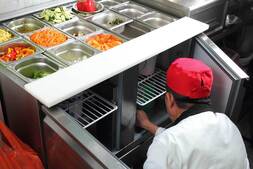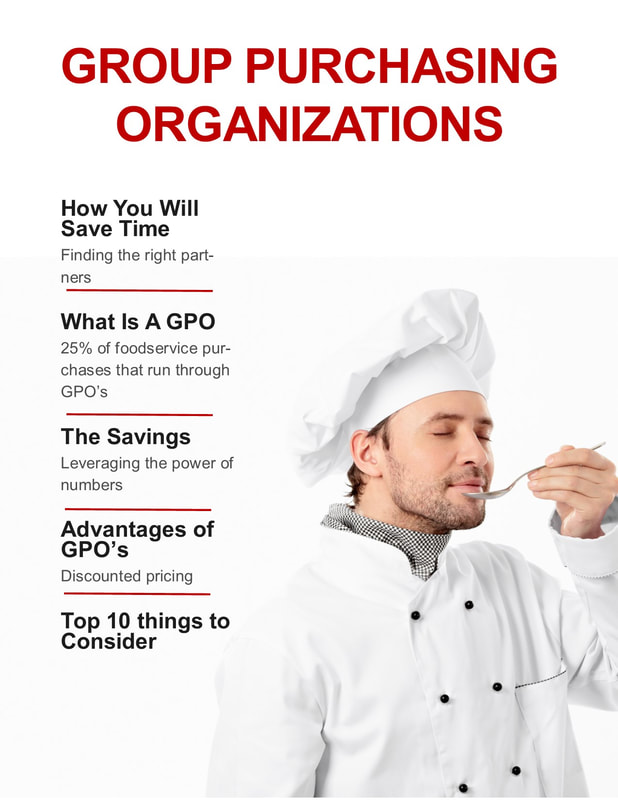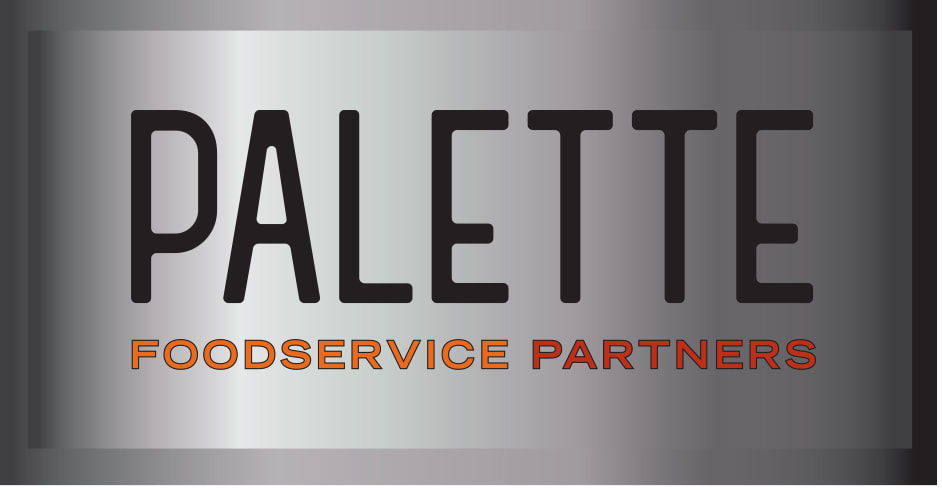 Even before the pandemic, the shift from on-premise to off-premise dining was happening. But the pandemic truly accelerated it, and even as people return to restaurant dining rooms now, there is still a way to go before things look the way they did a couple of years ago. To be sure, the trend is especially stark for full-service restaurants – new data from FSR Magazine indicates that in September of 2019, 80 percent of traffic at full-service restaurants was on-premise (compared to 20 percent for carryout), whereas the mix in September of 2021 was 56 percent on-premise, 44 percent carryout. Still, across restaurant categories, an operator needs to make a clear-eyed assessment of their business model in light of current market conditions, then take steps to protect the business for the long term. That means expanding, not limiting, opportunities to serve guests – and resisting the urge to revert back to how you were operating pre-pandemic. Consider new opportunities for catering, particularly as businesses are looking for ways to maintain connections between hybrid workers and clients. Keep communication open with neighboring restaurants and complementary businesses that may be able to pool resources, share staff, or collaborate with you on promotions. Think about how to make it easier and faster for your food to reach guests who want to eat it off-premise, whether that means assessing third-party delivery providers to find the best-possible arrangement, starting an in-house delivery service or using a ghost kitchen.  Are you using old-school techniques to attract potential hires? Like so much else in the industry right now, tech tools can help you reach the right people. If you’re already harnessing data to target your best customers and predict what they will want to buy, you can use the same approach to find staff. A recent report from QSR Magazine suggests taking the profile data of your best staff and setting out to find others with similar characteristics by creating “look-alike audiences.” Is there anything you are doing to attract and retain customers that can be adapted to potential employees?  Restaurant work, reinvented As with so many other aspects of the restaurant business throughout the course of the pandemic, restaurant work is experiencing a period of reinvention – and it’s not all about raising wages. At its heart is the need to manage the work involved in the business so restaurants can offer meaningful roles and flexibly respond to turnover. A recent New York Times report describes how at a number of restaurants around the country, the kitchen hierarchy is being scrapped in favor of a more egalitarian system. This is playing out in a range of ways: At some restaurants, long-time employees are being given profit-sharing opportunities or even a stake in ownership so they have more incentive to commit to the business and help it thrive. At others, responsibilities are being shared more evenly, with employees being cross-trained in functions ranging from events to finance to food preparation – and being given opportunities to contribute ideas regardless of their rank. These steps – which many restaurants took during the pandemic in an effort to survive – are actually good long-term strategies that may make it easier for these businesses to roll with the challenges that come. This will make restaurant teams look different in the future – a smaller crew of higher-skilled employees who can recreate a recipe, manage incoming orders, interact with guests and make financially sound decisions, vs. a larger, more hierarchical team with different skillsets. By elevating the skills of its team, a restaurant can spread its risk more thinly – it won’t buckle if one employee leaves (though employees with meaningful roles are less likely to leave in the first place). Looking at your current staffing approach across your business, have you reverted to pre-pandemic approaches that need to be refreshed? Are there any roles that could be recast for improved post-pandemic resilience?  One silver lining of the pandemic for the restaurant industry has been how restaurant operators have shown the ability to creatively reinvent themselves – and well beyond the menu. In addition to creating curbside pickup lanes, working from ad hoc kitchen setups and streamlining the ordering process to improve how food is provided to customers, restaurants have expanded their offerings available for purchase. While operators may not need to go as far as selling toilet paper and other household staples as we emerge from the pandemic, it makes sense for them to think broadly about what they can do to generate new revenue streams – whether from guests visiting in person, those at home or even those who live nowhere near the brick-and-mortar business. Is your restaurant known for a special marinade, salad dressing or sauce? Could it develop one that could be sold on your website, in local stores or in larger wholesale forums? Is there other merchandise you could offer to guests who have made your restaurant part of their summer vacation traditions over the years? Could you offer a subscription for meals, desserts or homemade bread in exchange for unlimited coffee or a free glass of wine when the subscriber purchases a meal from you in person? Could you collaborate with a complementary restaurant or unrelated business to create a series of special offers? Tap into your data about customer preferences to better understand what drives your guests to your business. How can you take your most enticing offerings and ensure you’re generating as much business as you can from them?  Restaurants and consumers alike have experienced the effects of the current supply-chain crisis, whether in the form of product shortages, delayed shipments, or changes in store hours due to reduced labor availability. (According to a recent National Restaurant Association survey, 75 percent of restaurants have been forced to change menu items due to supply chain issues.) While the challenges are widespread, many of them can be minimized. Consider these actions: Where possible, shrink the number of links in your supply chain between a food item and your guest: Pre-pandemic, this was about helping the climate and cutting waste, whereas now it’s also become a necessity for any restaurant that wants to be more certain of the items it will be able to offer on its menu. Plan farther down the line. According to FSR Magazine the casual dining brand Twin Peaks now places orders 12 weeks in advance when four to six weeks used to provide ample time. Focus on your relationships. In addition to communicating effectively with suppliers and paying bills on time, lean into existing and new collective agreements that enhance your purchasing power. Consider your branding. As operators focusing on chicken wings have learned in the past 18 months, it’s important to give yourself some leeway to broaden your offerings – perhaps to include new cuts of meat, or plant-based alternatives, or different presentations. FSR Magazine also suggests restaurants might consider building up a just-in-case inventory buffer – depending on the perishability and size of items that must be stored.  Even in the best of times, restaurant margins are thin. Challenges related to the pandemic, labor, food prices and the supply chain only place additional strain on them. But the good news is that there are a number of steps operators can take to cut costs without taking anything away from the guest experience. First, ease supply chain-strains by ensuring your inventory goes as far as possible. Encourage precise ingredient measurement across your menu – Modern Restaurant Management advises operators to measure ingredients in grams vs. ounces for a more precise result. Take stock of your energy use and find ways to use it more efficiently – by turning equipment on only at the time it is needed, using energy-efficient lighting, and adopting technology to monitor your appliances so you can be alerted and act quickly if something isn’t working as it should. Be just as mindful of food waste. To avoid having usable food scraps tossed out, Restaurantowner.com suggests eliminating trash cans in the kitchen and giving each kitchen employee a clear box with their name on it where they can place food scraps so managers can minimize food waste being generated from the kitchen. Where possible, consolidate purchases with a single supplier to gain leverage in purchasing agreements. Finally, make the most of the staff you have by scheduling people in accordance with your anticipated sales and traffic each week – your schedule should not be on autopilot |
Subscribe to our newsletterArchives
April 2024
Categories
All
|




 RSS Feed
RSS Feed